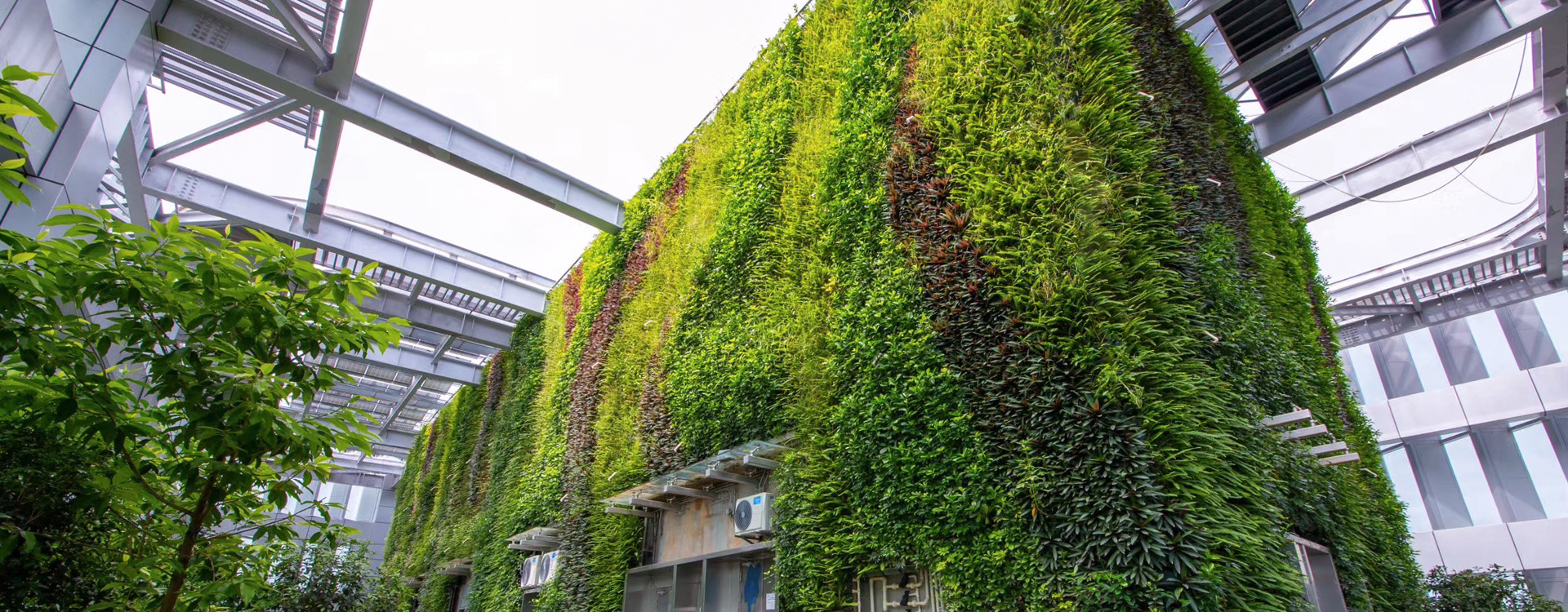Discover the Wonders of Vertical Gardening: A Guide to Innovative Planting
Release time:
2025-03-17 14:20
Vertical gardening is an innovative approach to planting that maximizes space and brings greenery into urban environments where traditional gardening might be limited. This method involves growing plants vertically on structures, walls, or specially designed systems, allowing individuals to enjoy the beauty and benefits of gardening even in small areas. In this article, we will explore what vertical gardening entails, its advantages, and essential tips for getting started.
One of the primary benefits of vertical gardening is space efficiency. As urban living spaces become smaller, utilizing vertical space allows gardeners to grow more plants without requiring a large footprint. Vertical gardens can be installed on walls, balconies, or even fences, turning otherwise unused areas into vibrant green spaces. This makes it an excellent solution for apartment dwellers or those with limited yard space.
Additionally, vertical gardens offer excellent aesthetic appeal. They create stunning visual displays that can enhance the overall appearance of a property. Lush greenery can transform a bare wall into a living work of art, and the variety of plants available means that the design possibilities are virtually endless. From flowering plants to leafy greens and herbs, the choice is yours!
Moreover, vertical gardens contribute positively to the environment. They can improve air quality by filtering pollutants and producing oxygen. They also provide insulation to buildings, reducing energy costs by regulating temperature. Furthermore, vertical gardens can help manage rainwater runoff, promoting sustainable urban development.
To get started with vertical gardening, you’ll need a few essential tools and equipment. First, consider the structure or system you want to use, which could range from wall-mounted planters to freestanding frames. Ensure that your chosen system is suitable for the types of plants you wish to grow. You will also need high-quality potting soil and appropriate planters or containers that facilitate drainage and support plant growth.
Selecting the right plants is crucial for a successful vertical garden. Opt for varieties that thrive in vertical settings, such as herbs like basil and mint, trailing plants like pothos, or vibrant flowering plants like petunias. Pay attention to sunlight requirements, as some plants may need more light than others, depending on their placement.
In conclusion, vertical gardening is an exciting and sustainable way to incorporate greenery into your living space. By utilizing vertical structures and selecting the right plants, you can create a flourishing garden that not only beautifies your environment but also contributes to a healthier planet. Whether you’re looking to grow your own food or simply wish to enjoy the beauty of plants, vertical gardening is an accessible and rewarding option for anyone interested in gardening.
One of the primary benefits of vertical gardening is space efficiency. As urban living spaces become smaller, utilizing vertical space allows gardeners to grow more plants without requiring a large footprint. Vertical gardens can be installed on walls, balconies, or even fences, turning otherwise unused areas into vibrant green spaces. This makes it an excellent solution for apartment dwellers or those with limited yard space.
Additionally, vertical gardens offer excellent aesthetic appeal. They create stunning visual displays that can enhance the overall appearance of a property. Lush greenery can transform a bare wall into a living work of art, and the variety of plants available means that the design possibilities are virtually endless. From flowering plants to leafy greens and herbs, the choice is yours!
Moreover, vertical gardens contribute positively to the environment. They can improve air quality by filtering pollutants and producing oxygen. They also provide insulation to buildings, reducing energy costs by regulating temperature. Furthermore, vertical gardens can help manage rainwater runoff, promoting sustainable urban development.
To get started with vertical gardening, you’ll need a few essential tools and equipment. First, consider the structure or system you want to use, which could range from wall-mounted planters to freestanding frames. Ensure that your chosen system is suitable for the types of plants you wish to grow. You will also need high-quality potting soil and appropriate planters or containers that facilitate drainage and support plant growth.
Selecting the right plants is crucial for a successful vertical garden. Opt for varieties that thrive in vertical settings, such as herbs like basil and mint, trailing plants like pothos, or vibrant flowering plants like petunias. Pay attention to sunlight requirements, as some plants may need more light than others, depending on their placement.
In conclusion, vertical gardening is an exciting and sustainable way to incorporate greenery into your living space. By utilizing vertical structures and selecting the right plants, you can create a flourishing garden that not only beautifies your environment but also contributes to a healthier planet. Whether you’re looking to grow your own food or simply wish to enjoy the beauty of plants, vertical gardening is an accessible and rewarding option for anyone interested in gardening.
vertical garden
preceding page
Related News








